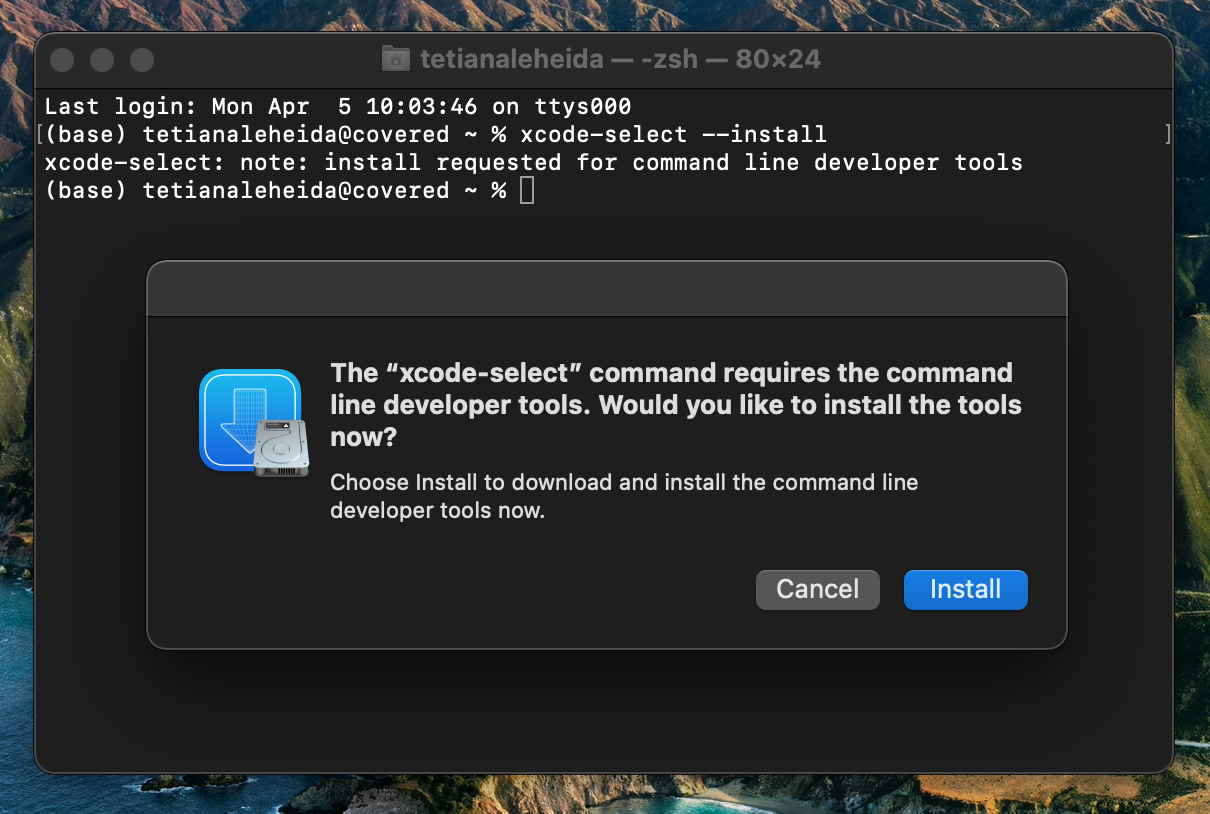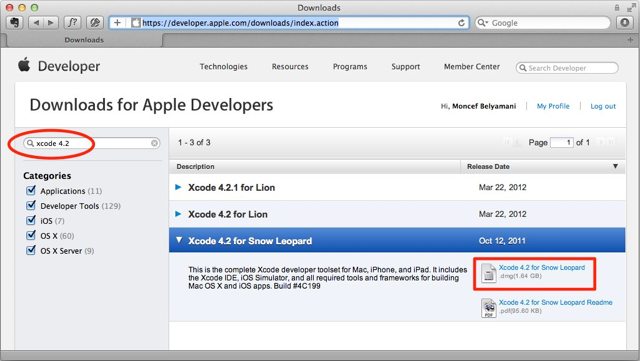

It could at least be a way to make the repetitive task easier to do! An example: Creating a blog post bannerĪfter every blog post I write, I’m creating two blog post banners to share on social media. However, common tasks you often repeat might be suitable to be replaced by a CLI tool. You should not create a command-line tool for everything. When should I decide to create a command-line tool? Build your interface in a completely visual canvas, then drag and drop into your Xcode project and wire up button clicks to custom code. Judo takes a different approach to building visually-think Interface Builder for SwiftUI. I’ve created a Poes, a command-line tool for testing push notifications in the simulator, in just a few hours!īuild SwiftUI Interfaces Visually Let’s face it, SwiftUI previews are limited, slow, and painful. Once you’ve created your first command-line tool, it’s fairly easy to quickly set up another one. The Swift Package Manager makes it a lot easier to create command-line tools as we can write them in Swift. While developing iOS applications we often make use of command-line tools like Fastlane and CocoaPods but it’s less common to write your own command-line tools for daily use. 7 min read Creating a command line tool using the Swift Package ManagerĪ command-line tool can be very useful for automating common tasks to boost developer productivity.

Creating a release and installing your command-line tool.Making use of our Swift Command-line tool.Adding a subcommand by using the ArgumentsParser for reading user input.Creating a command-line tool using the Swift Package Manager.When should I decide to create a command-line tool?.


 0 kommentar(er)
0 kommentar(er)
